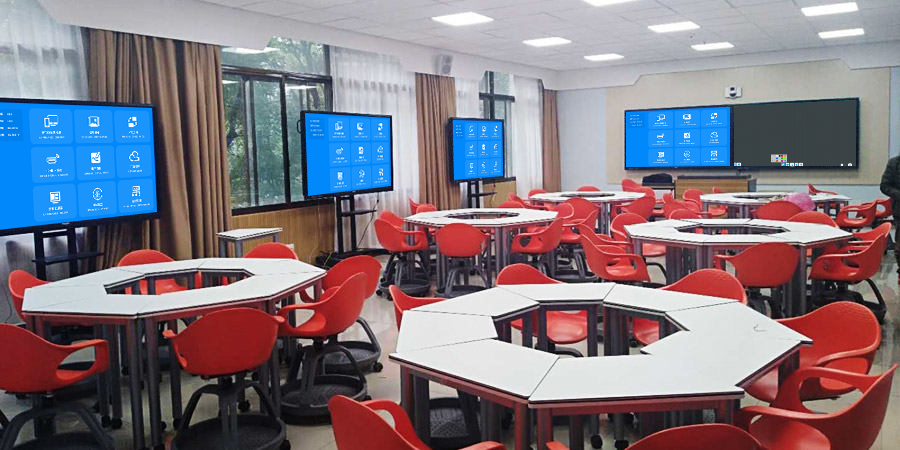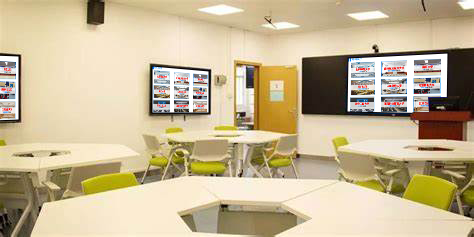Multi-Screen Interaction: Unleashing Greater Power Through Device Collaboration
Multi-screen interaction technology breaks down the barriers between phones, computers, tablets, and large displays, enabling free content flow and coordinated operations. This extends the functionality of a single device into the collaborative power of multiple terminals, reshaping the way we work, teach, and entertain.
I. All-Device Interconnection: Seamless Cross-System Collaboration
It supports iOS, Android, Windows, and macOS devices to be online simultaneously. Photos taken on your phone can be directly dragged into a computer document, and notes annotated on a tablet can be synchronized for display on a large screen. Up to 8 devices can connect simultaneously and dynamically switch roles. In a meeting, a computer can project the proposal, a phone can provide supplementary data, and a tablet can annotate revisions, with content presented in a split-screen format on the main display. This eliminates the need to constantly plug and unplug devices, boosting collaboration efficiency by 50%.
II. Interactive Functions: From One-Way Transmission to Two-Way Co-creation
- Bidirectional Control: The large screen can reverse-control connected devices. In a meeting, you can use the main screen to flip through PPT slides on a computer. In a class, you can mark student assignments submitted from their tablets directly on the large screen, with operations syncing without delay.
- Real-Time Annotation: Multiple users can annotate mirrored content with different colored pens. During design proposal discussions, client, designer, and engineer revisions are superimposed in real-time, making brainstorming transparent and clear.
- Content Drag-and-Drop: Achieve seamless “migration” of files across devices. A video on your phone can be directly dragged to a TV for playback, and a spreadsheet from your computer can be dragged to a tablet for handwritten analysis, eliminating complex transfer steps.
III. Scenario Implementation: Efficiency Upgrades Across Multiple Fields
- Office Collaboration: In project meetings, the presenter can mirror the core framework from their computer, while team members push supplementary materials from their phones. The main display integrates content from multiple screens in real time, shortening the decision cycle by 40%.
- Classroom Interaction: The teacher can deliver lessons on the large screen, while students receive synchronized content on their tablets and annotate questions. Group discussion results can be pushed to the main screen with one tap for the entire class to compare and learn from, increasing classroom participation by 60%.
- Home Entertainment: Select movies on your phone, play them on the TV, and send comments from your tablet. Family members can participate in the experience using different devices, transforming movie-watching from passive viewing on a single screen into a shared, multi-terminal experience.
Multi-screen interaction transforms devices from “isolated tools” into “collaborative nodes.” Through the convenience of content flow and the depth of operational synergy, it unlocks a 1+1>2 efficiency, becoming a core support for high-efficiency collaboration.